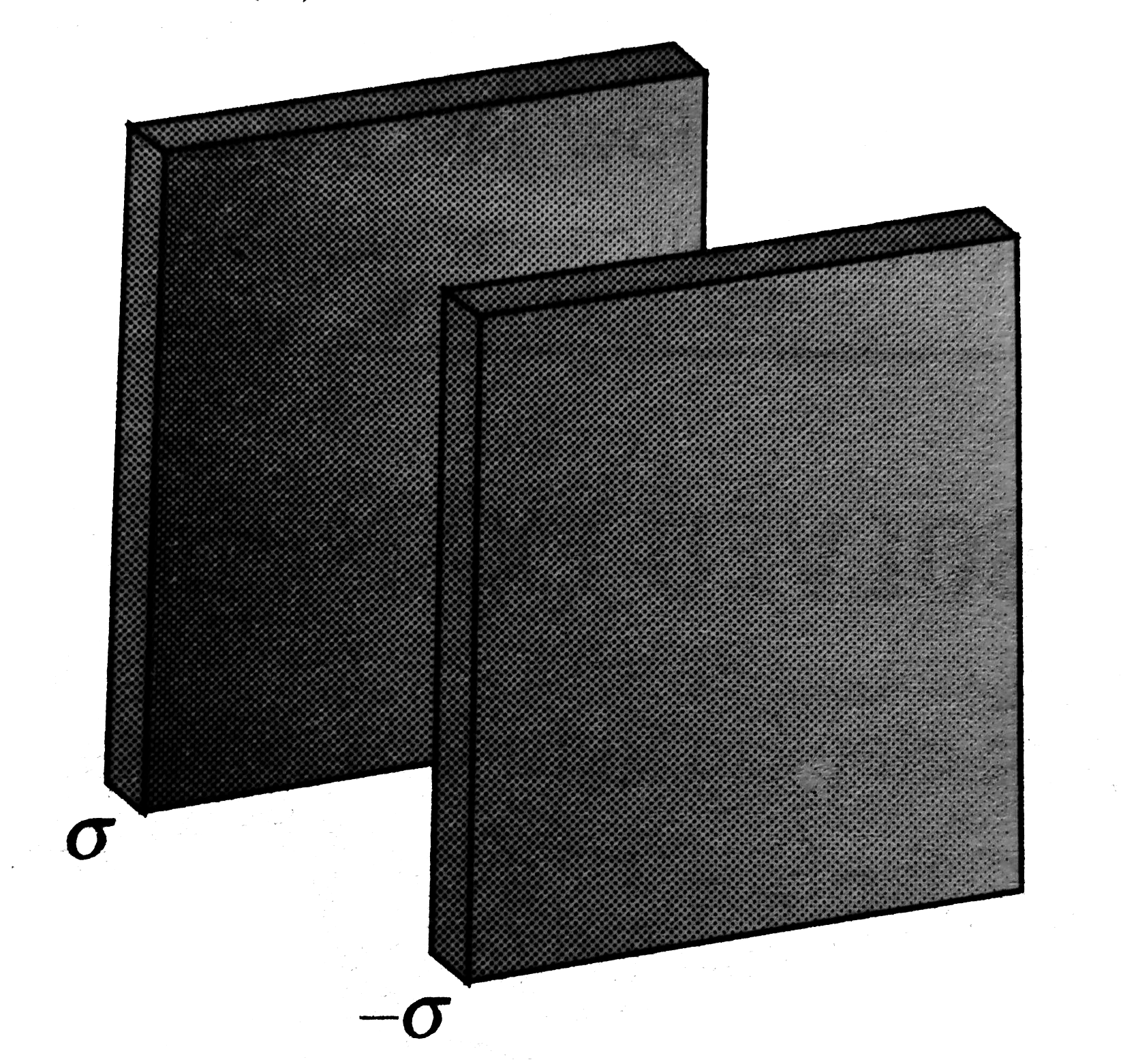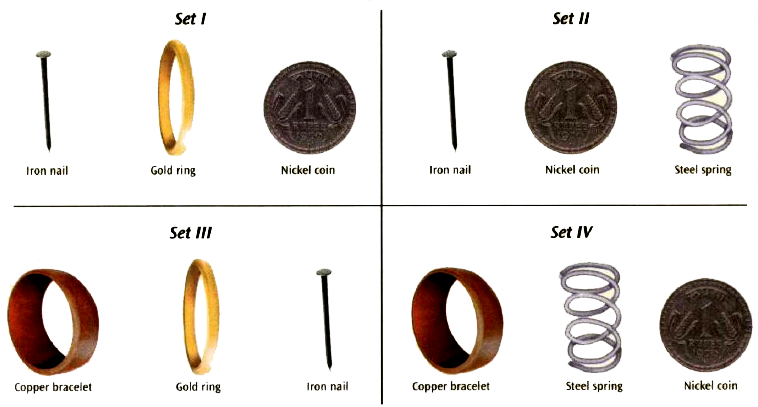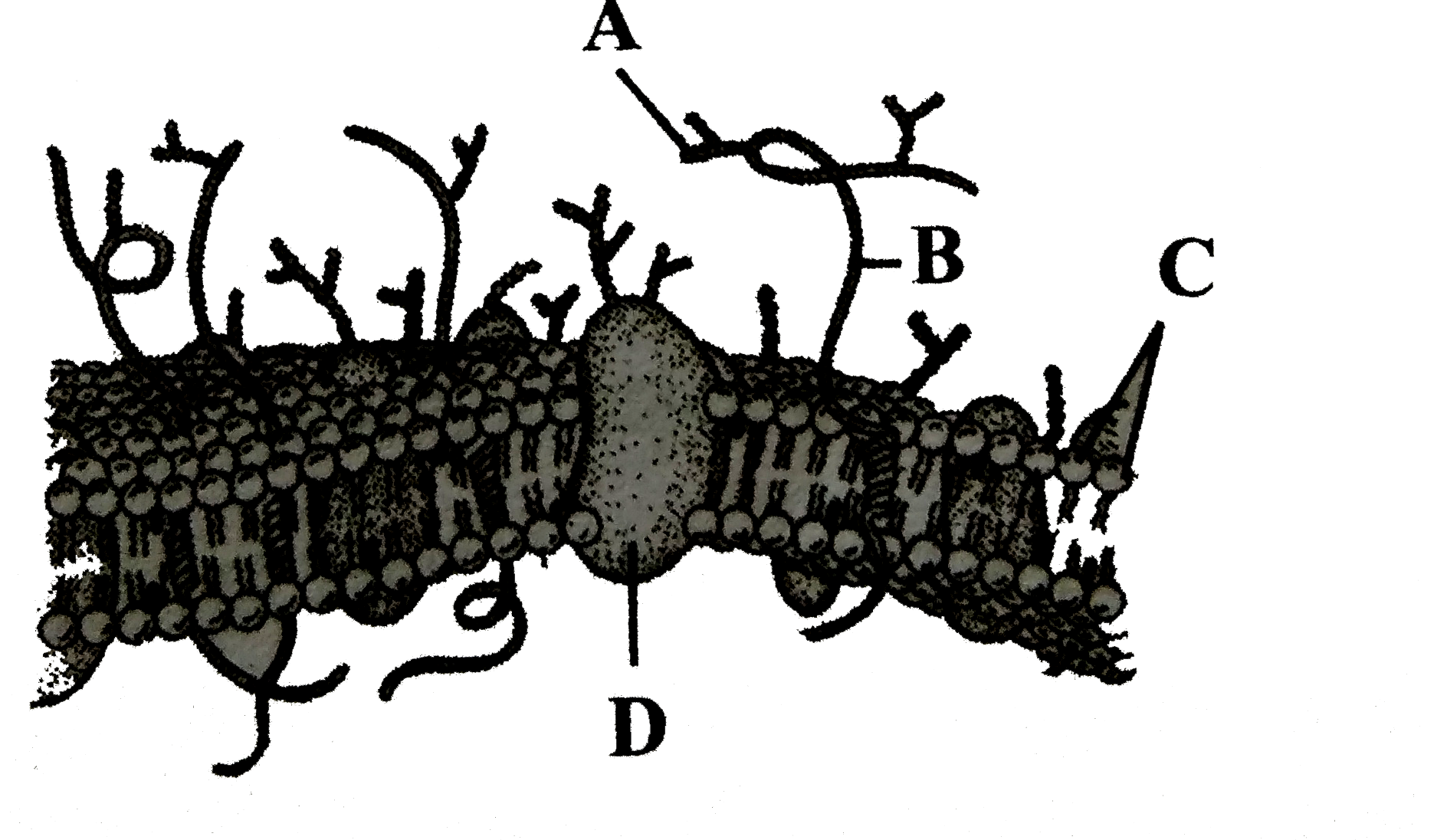Identify the cell organelle on the basis of given features.
a. Usually found near the nucleus
b. It has two faces, one convex and other concave
c. Site of post translational of proteins
Leucoplast
Golgi complex
Endoplasmic reticulam
Ribosome
The correct Answer is:D
To identify the cell organelle based on the given features, we can follow these steps:
1. Analyze the Features: The question provides three specific features of the organelle:
- Usually found near the nucleus
- Has two faces, one convex and the other concave
- Site of post-translational modification of proteins
2. Consider Each Option: We have four options to consider:
- Leukoclast: This is not a commonly recognized cell organelle related to the given features.
- Golgi Complex: This organelle is known to be located near the nucleus, has a structure with a convex (trans) and concave (cis) face, and is involved in the post-translational modification of proteins.
- Endoplasmic Reticulum (ER): While the ER is also located near the nucleus and involved in protein synthesis, it does not have the distinct two-faced structure described.
- Ribosome: Ribosomes are not organelles with a defined structure like the ones described and are primarily involved in protein synthesis, not post-translational modification.
3. Match Features with Options:
- The Golgi Complex matches all three features:
- It is typically located near the nucleus.
- It has a distinct structure with a convex face (trans) and a concave face (cis).
- It is the site for post-translational modifications of proteins.
4. Conclusion: Based on the analysis, the organelle that fits all the given features is the Golgi Complex.
Final Answer:
The cell organelle is the Golgi Complex.
---
- Usually found near the nucleus
- Has two faces, one convex and the other concave
- Site of post-translational modification of proteins
- Leukoclast: This is not a commonly recognized cell organelle related to the given features.
- Golgi Complex: This organelle is known to be located near the nucleus, has a structure with a convex (trans) and concave (cis) face, and is involved in the post-translational modification of proteins.
- Endoplasmic Reticulum (ER): While the ER is also located near the nucleus and involved in protein synthesis, it does not have the distinct two-faced structure described.
- Ribosome: Ribosomes are not organelles with a defined structure like the ones described and are primarily involved in protein synthesis, not post-translational modification.
- The Golgi Complex matches all three features:
- It is typically located near the nucleus.
- It has a distinct structure with a convex face (trans) and a concave face (cis).
- It is the site for post-translational modifications of proteins.
The cell organelle is the Golgi Complex.
Topper's Solved these Questions
Similar Questions
Identify the chromosomal disorder on the basis of given features of a male,a. Gynaecomastia ,b. Small testes,c. Taller than average height.
View SolutionTwo infinite, non-conducting sheets of charge are parallel to each other, as shown in figure. The sheet on the left has a uniform surface charge density σ, and the one on the right has a uniform charge density −σ. Calculate the electric field at points (a) to the left of, (b) in between, and (c) to the right of the two sheets.

View Solution
Knowledge Check
Binomial system of nomenclature means that every organism has
(a) Two names, one scientific and one popular
(b) One name given by two scientists
(c) One scientific name consisting of a generic and a specific epithet
(d) Two names, one denoting the latinized name of the place and the other of the person, who determined itAtwo names, one scientific and one popularBone name given by two scientistsCone scientific name consisting of a generic and a specific epithetDtwo names, one denoting the latinised name of the place and the other of the person, who determined it
Four sets, each having three materials, are given here.
a. Identify the set that has all three magnetic materials.
b. Identify the sets that have only one non-magnetic material.
c. Identify the set that has only one magnetic material.

View SolutionIdentify the components labelled as A, B, C and D in the given figure of cell membrane from the list (i) to (vii) given along with and select the correct option.

Compounds :
(i) Sugar(ii) Protein(iii), Lipid bilayer(iv) Integral protein(v) Cytoplasm(vi) Cell wall(vii) External protein
The correct matching of components is
View SolutionA and B are peptide hormones , known to counteract each other . Both of them are secreted by different cells of the same leaf-like organ found near thee stomach . If B is used to cure a disease in which glucose is lost via urine and excess A is a potential causes of the same diseases , identify A and B
View SolutionRead the statement carefully and choose the correct option.
A. Primary cell wall of plant cells is incapable of growth and diminishes gradually as the cell matures.
B. RER is abundantly found in the cells which are actively involved in proteins synthesis and secretion.
C. SER is a major site for lipid synthesis.
D. A number of proteins synthesized by RER are modified inside the Golgi apparatus.
View SolutionWhen any two sides and one of the opposite acute angle are given, under certain additional conditions two triangles are possible. The case when two triangles are possible is called the ambiguous case.
In fact when any two sides and the angle opposite to one of them are given either no triangle is posible or only one triangle is possible or two triangles are possible.
In the ambiguous case, let a,b and ∠A are given and c1,c2 are two values of the third side c.
On the basis of above information, answer the following questions
The value of c21−2c1c2cos2A+c22 is
View SolutionWhen any two sides and one of the opposite acute angle are given, under certain additional conditions two triangles are possible. The case when two triangles are possible is called the ambiguous case.
In fact when any two sides and the angle opposite to one of them are given either no triangle is posible or only one triangle is possible or two triangles are possible.
In the ambiguous case, let a,b and ∠A are given and c1,c2 are two values of the third side c.
On the basis of above information, answer the following questions
The difference between two values of c is
View SolutionWhen any two sides and one of the opposite acute angle are given, under certain additional conditions two triangles are possible. The case when two triangles are possible is called the ambiguous case.
In fact when any two sides and the angle opposite to one of them are given either no triangle is posible or only one triangle is possible or two triangles are possible.
In the ambiguous case, let a,b and ∠A are given and c1,c2 are two values of the third side c.
On the basis of above information, answer the following questions
Two different triangles are possible when
View Solution
